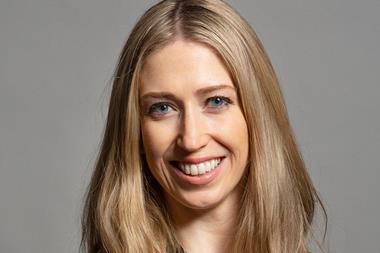The latest update from the Pensions Dashboard Programme (PDP) has highlighted a lack of pensions engagement while providing a “small amount” of certainty for the industry.
The PDP commissioned Ipsos to carry out secondary analysis of its Wealth and Assets Survey and data shows that since 2014, almost six million more people in the UK have a private pension. However, despite automatic enrolment, around 12 million people are estimated to be under-saving for later life.
PDP said this shows that people are not engaged with their pensions.
The research carried out in 2022, found that engagement with pension arrangements was low among UK adults aged 18 to 75. The majority (55%) had undertaken no pension engagement activities at all over the previous year.
Similarly, research by the Association of British Insurers (ABI) from 2021 found most respondents agreeing that “it can be challenging to access your pension information”.
The Department for Work & Pensions (DWP) meanwhile has identified problems such as understanding pensions and lack of motivation from people to proactively seek information on their retirement savings.
DWP research from January 2023 on engagement with workplace pensions highlighted people feeling a lack of ownership of their pensions and concern about making decisions that could lead to financial loss.
Improving engagement
The PDP said that a dashboard will make it easier for customers to plan for retirement and make more informed decisions with a comprehensive overview of their pension savings.
As part of the ABI’s 2021 research, 56% of people stated that it would be helpful to have all the information on their pension pots in one place.
Similarly, PDP has found that an estimated retirement income is the most important information that consumers want to see about their pension.
The dashboard is also expected to provide details of pots that have been forgotten about.
The Pensions Policy Institute estimates that 2.8 million pots are not currently matched with their owner, with a total value of £26.6bn.
Delivery
To deliver the dashboard, PDP continues to work collaboratively with the DWP, regulators and industry across a range of areas. Alongside shaping connection processes and guidance, the programme will engage on the different documents that are necessary for undertaking connection and providing a dashboard.
The PDP said it leads a range of groups and forums to get input from industry on dashboards. These include forums for connections and discussions, and a connection delivery group.
From 2024, PDP said it will be launching a user testing and planning group for the wider industry, to plan and co-ordinate user activity ahead of dashboards becoming publicly available.
Deadline
The PDP said since the last update in April, it has made “significant progress” towards finalising a revised delivery plan that fits with the new connection deadline of 31 October 2026.
The engagement with the industry will take place this autumn, the PDP said, with an aim of publishing guidance with at least 12 months’ notice ahead of the first connection date.
Jon Pocock, pension dashboard delivery manager at Broadstone, welcomed the “small amount of clarity” provided by the PDP update.
He said: “One of the key challenges many administrators have faced is being able to clearly articulate expectations to clients who are now used to having the goalposts moved and more recently changed shape.
“The key message that we have taken away from the update, and the supporting webinar, is that there is still much more work to be done before a plan can be published, for activity between now and the final connection date.
Pocock added that it is “reassuring” that “much time” is being devoted to testing, both from a technical view point and then subsequently with a limited live user base, but there is “still much planning to do to ensure this is effective and give confidence to schemes to connect in a timely manner”.
“All in all, it’s positive to see that there is continued progress and we will continue to support the PDP in gathering the information they need to progress their replanning, but there is still an awful long way to go until we have absolute clarity,” he noted.
Read the digital edition of IPE’s latest magazine
























